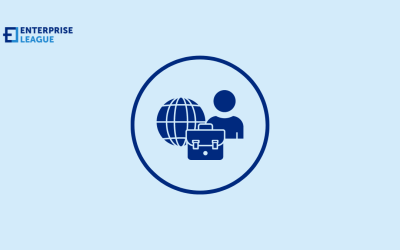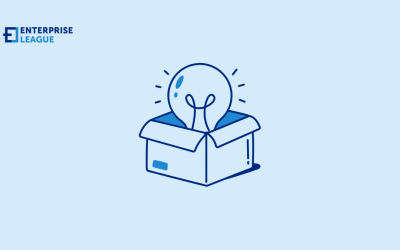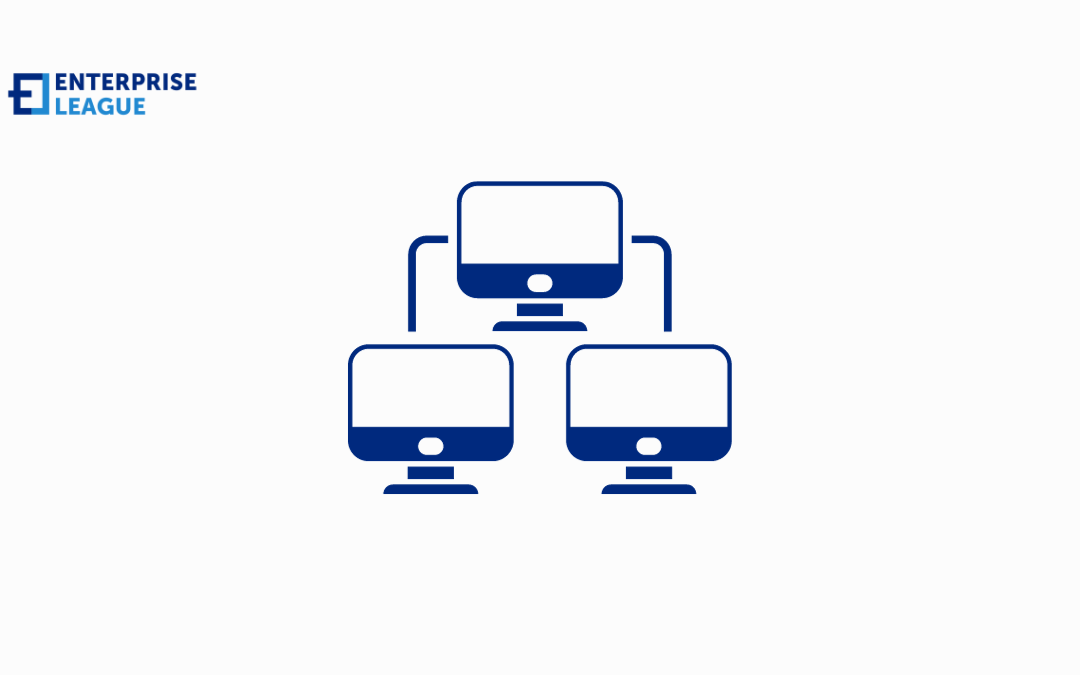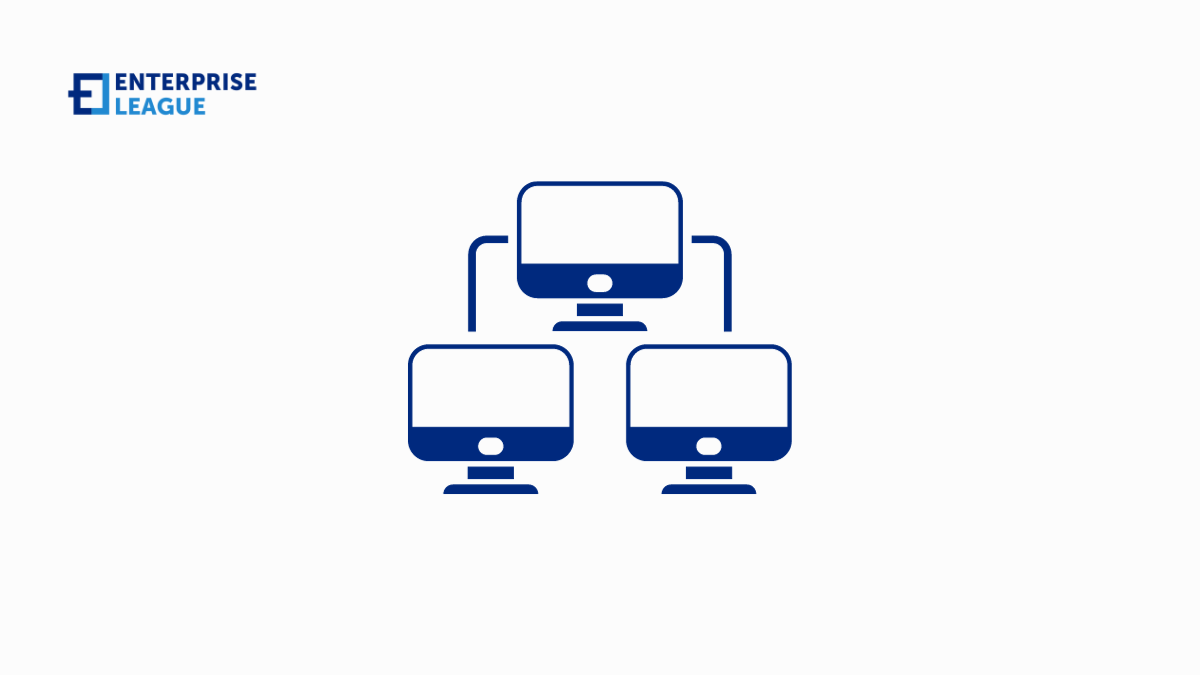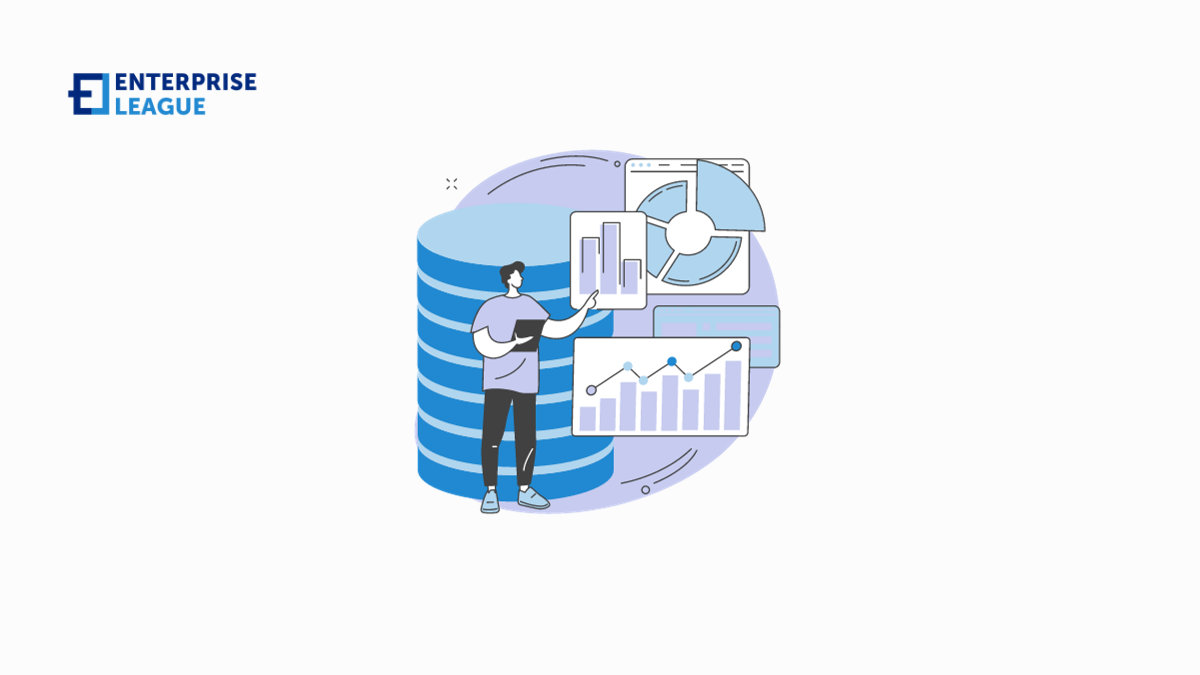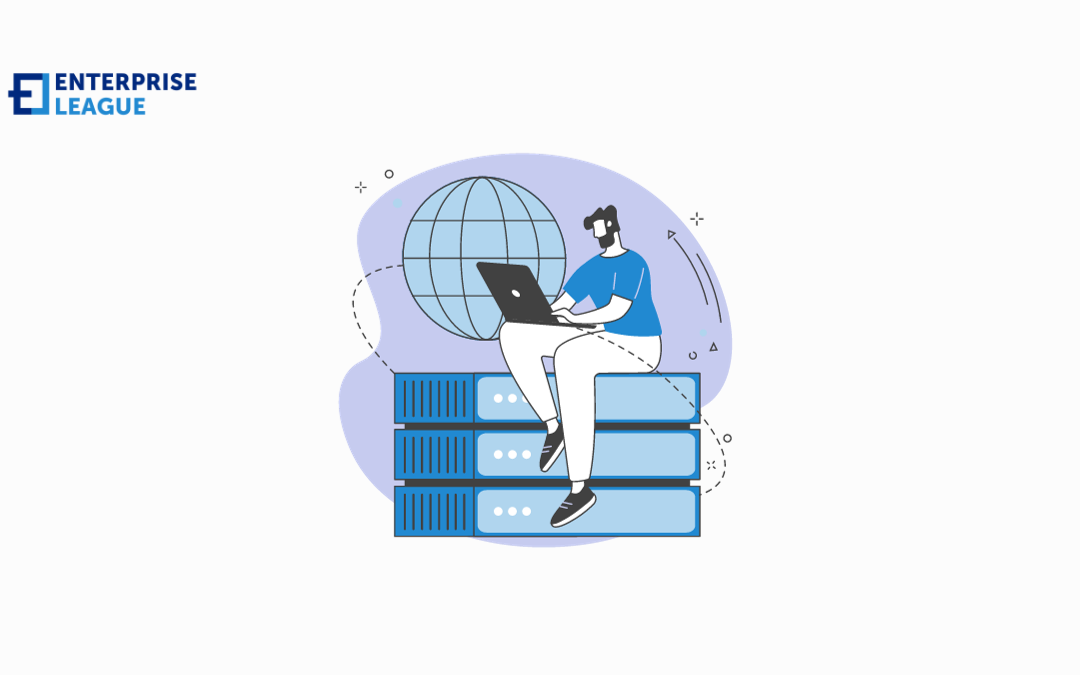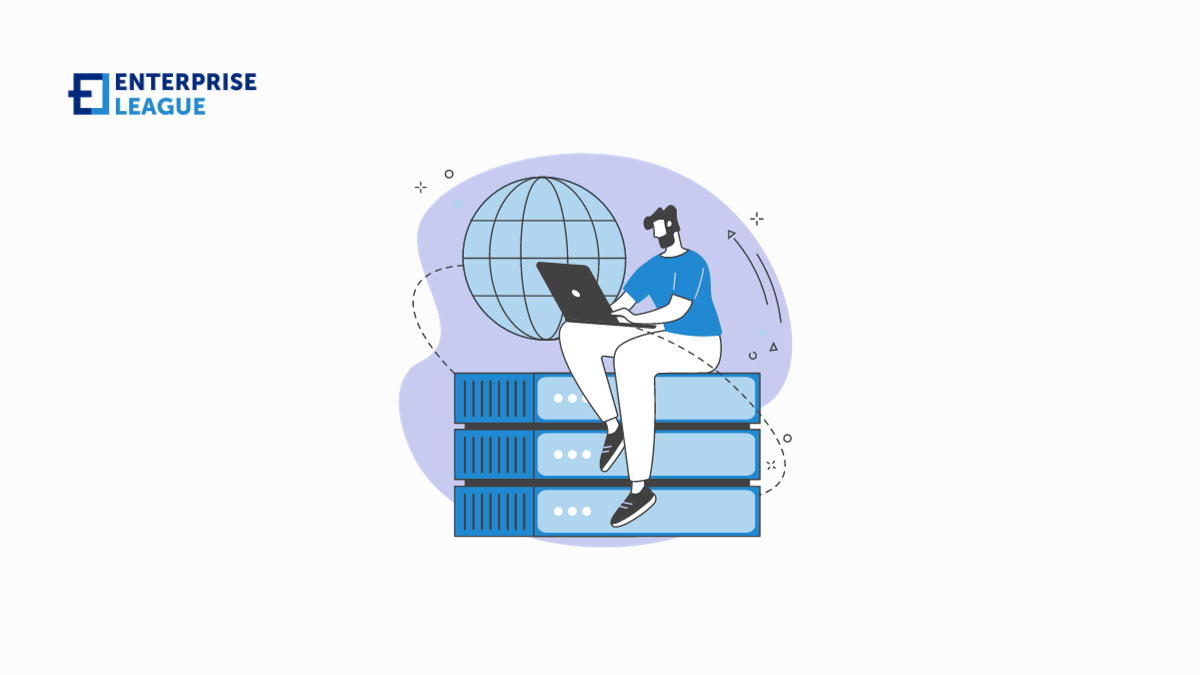Small business promotion has become easier now and there are real and effective strategies that have demonstrated their success for many promising startups.
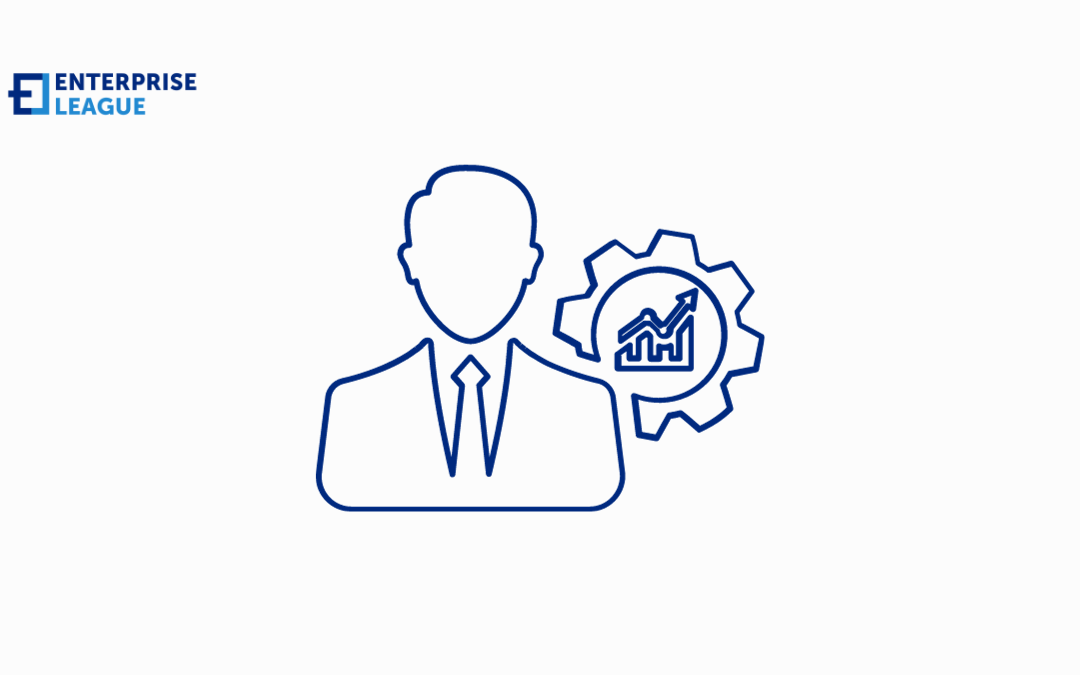
The future of corporate treasury management
This article unveils these transformative directions in treasury management—a glimpse into the future where fiscal acumen meets cutting-edge technology head-on in an ever-evolving dance of numbers and narratives.
More tech-powered treasury management systems (TMS)
With reactive financial protocols exiting the stage, these TMS now boast predictive prowess akin to meteorologists forecasting with precision. They streamline processes, unclogging the workflows with their machine-learned efficiencies. Their real genius lies in recognizing patterns, alerting treasurers to financial squalls before they brew.
Executives find themselves at the helm of a self-learning vessel that navigates market volatility and regulatory shifts with ease. Such tech empowerment is not just about cutting-edge flair; it’s a strategic must-have in the toolbox of any forward-looking treasurer seeking to safeguard and optimize assets in an ever-evolving financial landscape.
Impenetrable blockchain frameworks
Blockchain ushers in a new era of record-keeping that’s akin to an indestructible ledger—immutable and traceable, turning each transaction into a veritable Fort Knox of data integrity.
With this technology, treasurers can wave goodbye to traditional transactional lag. In its place, they will witness the near-instant reconciliation of accounts—a conductor ensuring every financial note is hit with precision.
Fraud will become a fable from old finance textbooks as the blockchain provides both heel-to-toe security and seamless efficiency. For corporates, this will mean two things: pinpoint accuracy and strategic foresight in their financial governance—a true renaissance in treasury thought leadership. Real-Time Data Analysis
Treasurers are syncing to the beat of real-time data analysis, an unequivocal game changer in corporate treasury management. This trend democratizes the minute-by-minute pulse of financial health, offering treasurers a constant flow of information that mirrors the relentless pace of high-frequency trading floors.
In this environment, decisions are sharpened on the whetstone of immediacy. No more relying on stale figures; treasurers are empowered to make informed choices with the agility of day traders eyeing stock tickers. The integration of this continuous stream into TMS means forecasting becomes as dynamic as live sports commentary—reactive, predictive, and always on point.
This perpetual momentum ensures that strategies employed are not only proactive but also preemptively fine-tuned for market shifts and currency fluctuations. It’s an orchestration where every beat matters—keeping companies financially attuned and competitively poised.
Upgraded cybersecurity measures
Cyberspace is not just an alley traversed but a fortress to be fortified. This is where upgraded cybersecurity measures come into sharp focus, responding to the call for ironclad digital defenses in corporate treasury management.
Cybersecurity strategies are advancing with the dexterity of a chess grandmaster plotting moves ahead of time. Treasurers are now equipped with sophisticated tools that snuff out threats before they ignite, identifying vulnerabilities as effortlessly as sommeliers discern flavors. Encryption techniques and multi-factor authentication are the new norm—no longer mere garnishes but essential ingredients in the recipe for fiscal security.
Amidst high stakes, these bolstered cyber defenses will act as silent sentinels, ensuring that financial assets and transactions remain sealed away from nefarious actors—a hermetic shield safeguarding every penny in transit or at rest.
Sustainability in treasury
Treasurers are employing green bonds and sustainable investing practices with the astuteness of gardeners selecting heirloom seeds over genetically modified variants. Investments now gravitate toward projects that demonstrate environmental stewardship, social responsibility, and ethical governance—the trinity of ESG factors.
In tandem with financial returns, corporate portfolios are being scrutinized for carbon footprints and social impacts—converting what was once a trend into a standard operating procedure. The sustainable treasury emerges as a steward of fiscal prudence as well as ecological balance—a harbinger of longevity amidst the modern marketplace’s ecological consciousness.
Interest rate optimization
Amidst this savvy negotiating, one timeless instrument resurfaces with newfound relevance—the Certificate of Deposit (CD). Seeking the best CD rates, according to Compare Accounts, becomes akin to finding an oasis in a desert; it is a pursuit that combines prudence with profitability.
Corporates are carefully timing market entries with precision, securing the best CD rates to bolster yield curves within their investment portfolios. The trend leans towards diversifying across various maturities, ensuring liquidity without sacrificing returns.
Conclusion
Modern treasurers will become architects of innovation and resilience, steering corporations into a future where agility meets security responsibility. They are set to redefine their role—championing not just financial success but a legacy hinged on strategic sophistication and ethical foresight—a balancing act poised with an eye on tomorrow’s horizon.
More must-read stories from Enterprise League:
- Pros and cons of social media for business you should be aware of.
- Are there any benefits of having a 80 hour work week?
- Profitable and funny business idea that you can start today.
- Getting your product in stores doesn’t have to be complicated.
Related Articles
Small businesses going international: Strategies for entering worldwide markets
How cloud technology is reshaping financial services
The cloud-powered transformation is enhancing operational efficiency, elevating customer experiences, and ensuring financial institutions remain competitive.
How advanced wastewater treatment is shaping the future of sustainability
The wastewater treatment industry has adopted innovative technologies that promise more efficient treatment of wastewater and more sustainable water management
Top reasons why the eyewear e-commerce industry is thriving
In this article, we will talk more about the top reasons why the eyewear e-commerce industry is thriving and the reasons behind their success on the market.
5 innovative packaging ideas for valued collectibles
Let’s explore some of the most exciting and creative ways to ensure your prized collectibles are both secure and beautifully showcased for the long haul.


